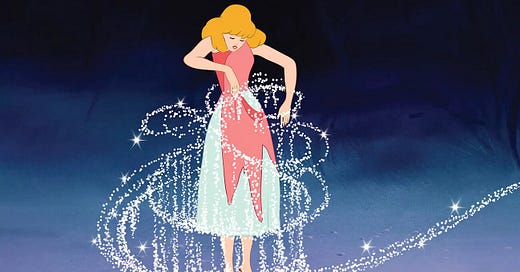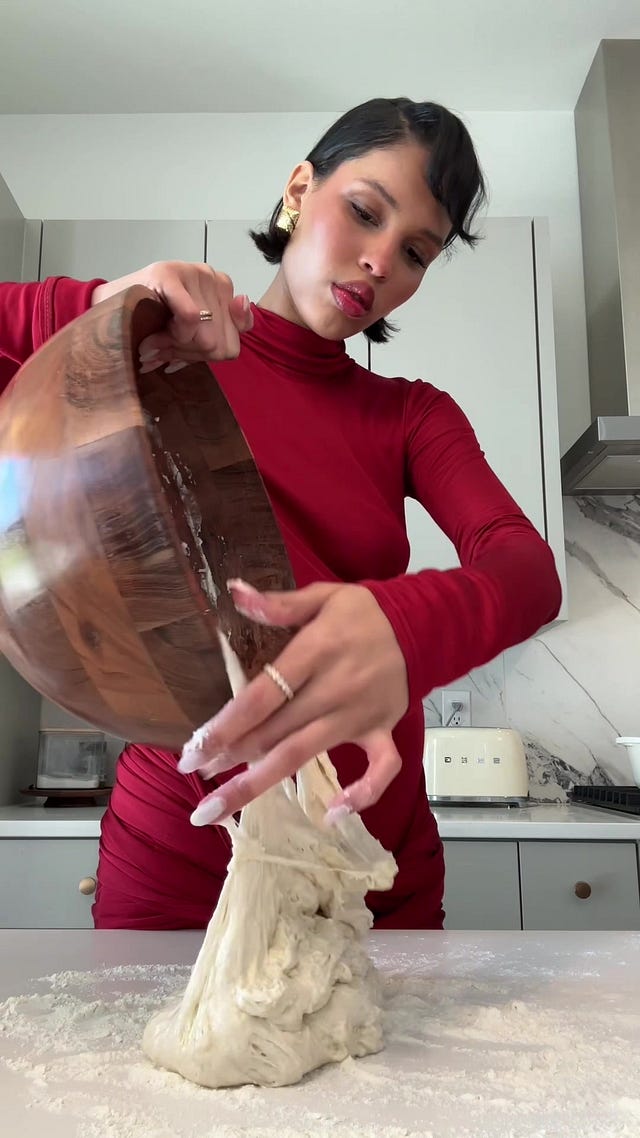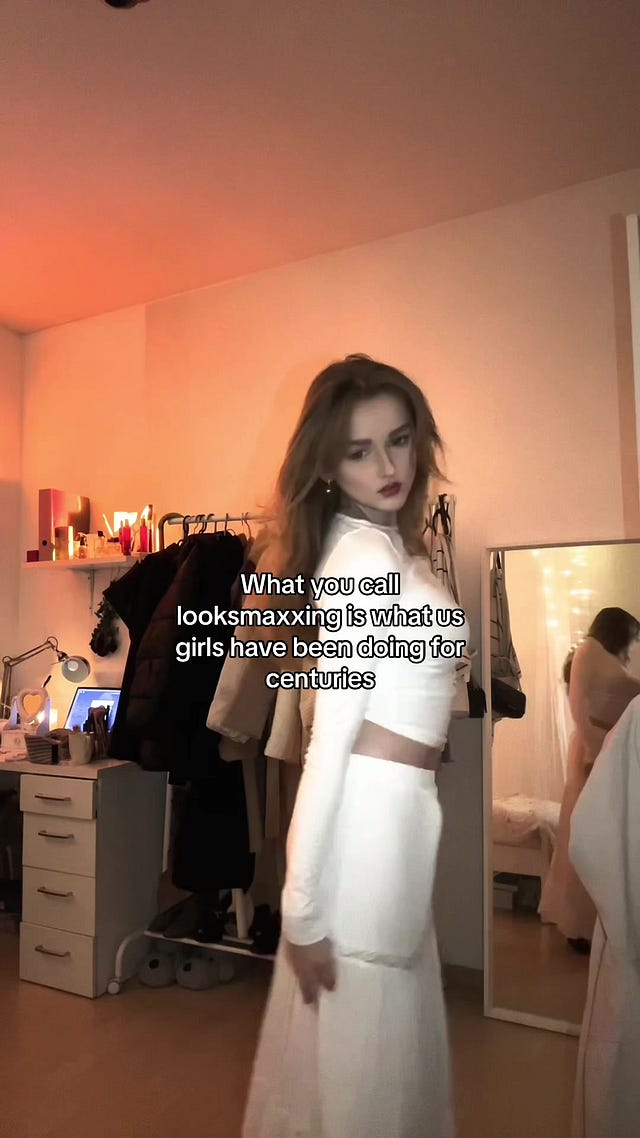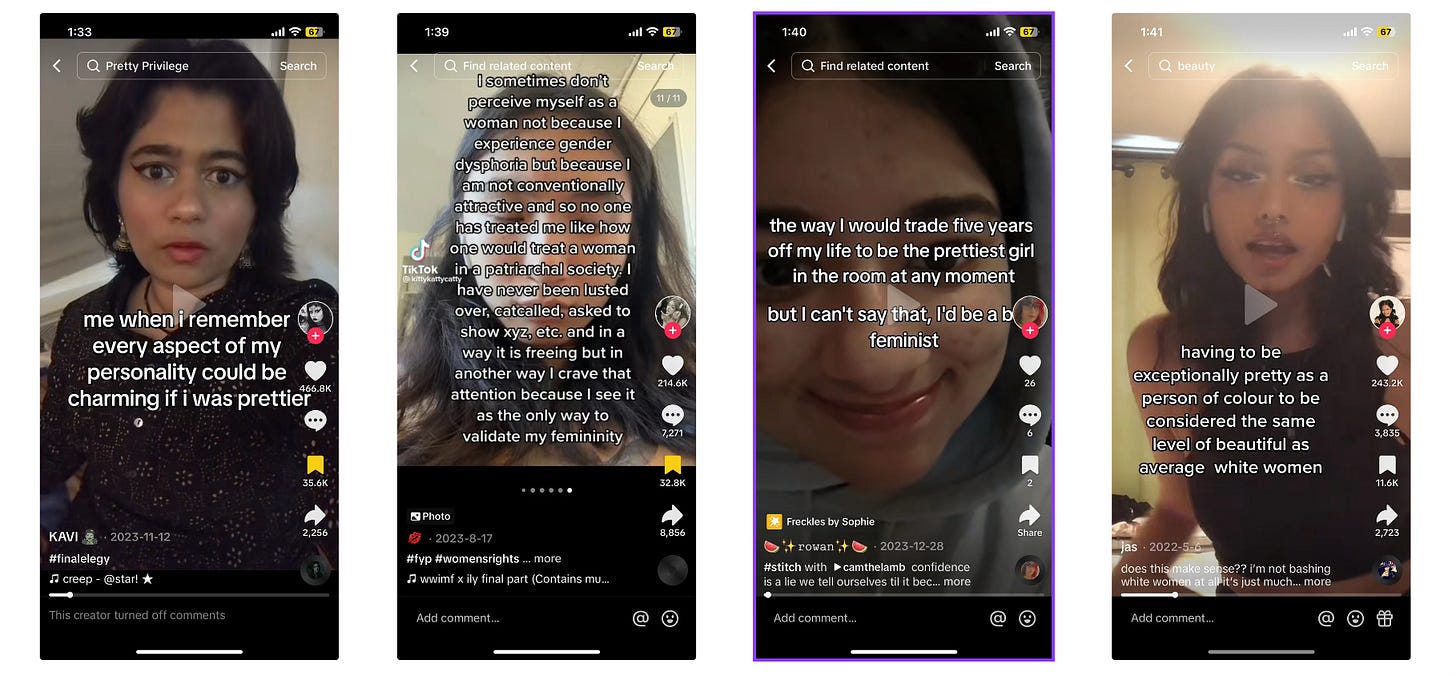looksmaxxing, ozempic, and the politics of desirability: beauty and power in the lives of adolescent young women
deep dive #1
author’s note: this piece contains mentions of eating disorders and suicidal ideation. if you are sensitive to this content, you may choose to skip reading this piece. your well being is important <3
It is the year 2024, and Bridgit Mendler, former star of the hit Disney show, “Good Luck Charlie,” has just launched her Space Satellite tech startup, raising $6.3 million in an initial round of Series A venture capital funding. Mendler, a celebrated pop artist, Harvard-educated lawyer, and MIT PhD student, exemplifies the modern renaissance woman. In light of her multifaceted achievements and inspiring journey, should we not consider celebrating and promoting figures like Mendler as the new ideal for young women in today's society?
Yet, with hundreds of millions in total views and an audience where half of viewers are aged 18-24, the internet’s newest craze is the #tradwife movement, a trend that champions traditional domesticity and the sole purpose of women as homemakers. Popularized by creators like Nara Smith and @BallerinaFarm’s Hannah Newman, these videos typically depict young women (Smith is only 22) cooking and caring for their children. In 1950s-like fashion, these public figures are often dressed up, promoting what The Cut deems a “logistically and energetically unattainable tier” idealized by impressionable young women today. Amidst the plethora of female empowerment narratives—women in STEM, business, finance, and the “girlboss” movement—a familiar narrative has re-emerged, suggesting that beauty and conformity to traditional, patriarchal ideals remain intricately tied to positions of power and desirability. This notion challenges the modern perception of a woman’s success, achieved through her career, instead suggesting that societal value and fulfillment for women are still often measured against a backdrop of aesthetic appeal and adherence to traditional gender roles.
In today’s world, beauty is largely understood as a form of social capital that translates to increased popularity, expanded access to opportunities, and even improved economic outcomes. Like fame and wealth, the emergence of beauty as a new currency in the social and economic marketplace is a reflection of our increasingly visual and digital culture. In this context, beauty is not just admired but commodified, leveraged in fields ranging from entertainment and media to professional networking and social media influence. This effect can be exemplified by the emergence of new startups that exploit this social phenomenon like On The House Network, which rewards models and influencers with free meals and other incentives totaling, for some, up to $100k in value a week, in exchange for posting about the restaurants, spas, and luxury experiences they visit. This cultural evolution underscores a shift where aesthetic appeal and “pretty privilege” can directly influence not only one’s lifestyle but also their career prospects, social connections, and personal branding, making it a critical element in personal and professional success. The pervasive influence of social media platforms, where visual representation is paramount, further amplifies the importance of beauty, creating an environment where appearance can significantly impact one's social standing and perceived value in both online and offline communities.
In a world where beauty is increasingly commodified and intertwined with social media influence, the pursuit of such standards, while opening doors for some, impose narrow, often harmful expectations, necessitating a critical reassessment of the role of beauty in defining success and self-worth in young womanhood.
Before TikTok, American children have always sought influence from the media: a 2016 study conducted by researchers at Brigham Young University found that 96% of preschool girls had viewed Disney Princess media. In the hallmark Disney film “Cinderella,” protagonist Cinderella’s transformation is not only a physical one but an economic one, too. The only way for Cinderella to attend the ball, where she later meets the man of her dreams, is to undergo a drastic change in appearance, facilitated by her Fairy Godmother. Trading in her servant’s rags for a resplendent ballgown, Cinderella’s experience reflects the idea that beauty and elegance are often prerequisites for women to access certain levels of societal power and recognition. Donning her new dress, as she walks up the steps and into the Royal Palace, Cinderella experiences metaphorical and physical doors to opportunity opening for her. While a fairytale, Cinderella’s story illustrates a more profound commentary on the dynamics of beauty, power, and economic mobility within a patriarchal society. Her transformation, more than just about winning the heart of a prince and escaping serfdom, serves as a metaphor for how women navigate through social hierarchies, using beauty as a form of power to achieve what is otherwise inaccessible to them due to their economic or social status.
The internet isn’t new to “self-improvement” trends, many of which promote dangerous ideals that encourage disordered eating and relentless self-comparison with peers. Modern social media has exacerbated these behaviors. The American Psychological Association dubs eating disorders as a new epidemic, particularly among teenagers, largely fueled by the pervasive influence of social media. Platforms like Instagram and TikTok, where users are constantly bombarded with images of 'ideal' bodies and lifestyles, play a significant role in shaping perceptions of body image and beauty standards. These platforms, where 81% of users edit their photos before posting, amplify unrealistic and unattainable ideals, leading to increased body dissatisfaction and unhealthy behaviors in pursuit of these standards. The constant stream of 'perfect' images, coupled with the anonymity and accessibility of online communities, can create environments where harmful advice and validation of disordered eating behaviors are rampant. Greater awareness and education around these issues are crucial, as well as more responsible social media usage and content moderation, to combat the spread of these dangerous ideals and support the mental health and well-being of users, especially impressionable young women.
Whereas traditionally tweens developed their habits from the likes of the “glow-up” scenes in teen movies like The Princess Diaries, Mean Girls, Clueless, and Pretty Woman, today’s youth are turning to Tiktok for inspiration and influence. Coupled with the capitalistic incentive to recommend products to these impressionable children, children as young as 13 are being consumed with the idea that their self-worth and social standing are intrinsically linked to their physical appearance. The proliferation of beauty and fashion influencers on TikTok, many of whom promote various products and aesthetic trends, has intensified the pressure on young viewers to conform to certain beauty standards.
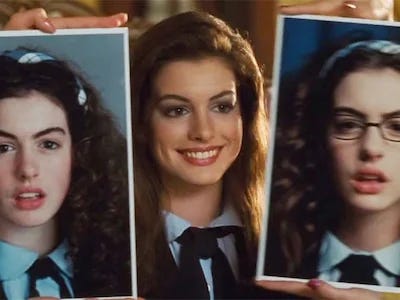
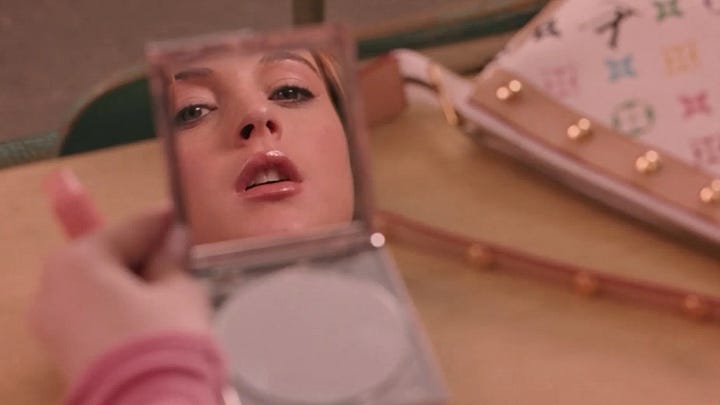
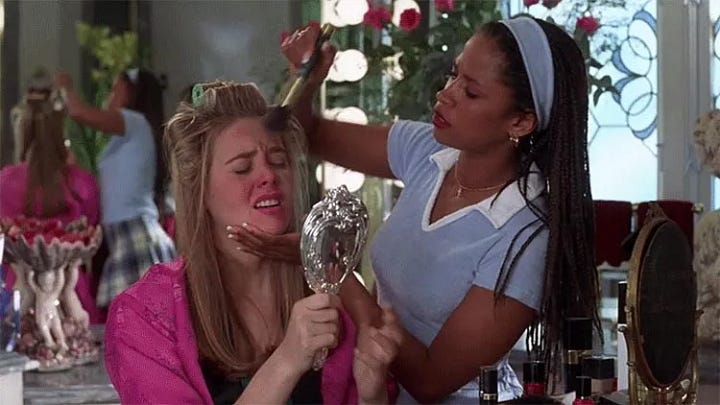
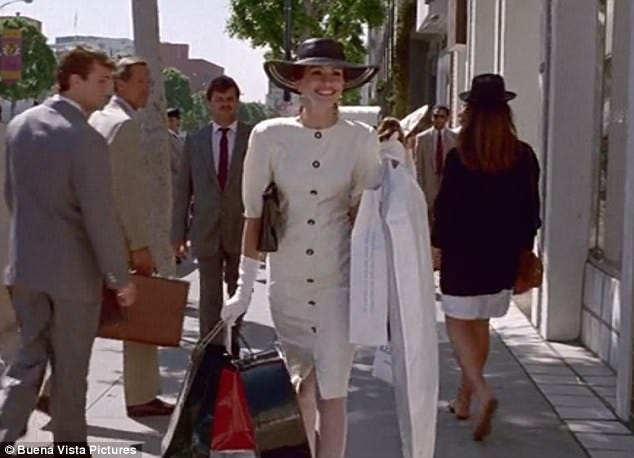
For today’s teens, the pursuit of beauty has grown to the point where it has developed its own vernacular and internet subcultures reflected through platforms like Reddit and Tiktok. In popular subreddits r/truerateme and r/amiugly, which have 263,000 and 493,000 members respectively, anonymous users seek advice on “looksmaxxing,” the relentless pursuit of physical self-optimization aimed at improving one’s appearance based on pseudoscientific factors. The eponymous Reddit forum has since been banned for violating Reddit’s code of conduct and promoting hate speech, going to extremes by promoting ideas like “ropemaxxing,” which goes as far as to suggest ending one’s own life in order to be reborn as someone more attractive. On Tiktok, posts under the hashtag “#looksmaxxing,” which has since been blocked, report over 6 billion total views. Over the past few months, this trend has spiked in popularity, primarily among adolescent young men, many of whom identify with the incel movement, but also young women as well. According to this community, one desirable trait includes “hunter eyes,” which feature a positive Canthal tilt (the angle between the outer and inner corner of the eye), in contrast with “prey eyes,” with negative Canthal tilts. Other status markers for these groups, who rank people’s appearances based on “how hard they mog,” or how much better they look compared with others, include hollow cheekbones, pursed lips, and a pronounced jawline. Lookmaxxing groups, which have evolved into self-identified “communities” of their own, also distinguish between “softmaxxing,” which includes basic hygiene practices, mewing, and teeth whitening, and “hardmaxxing,” a more extreme version focused on improving one’s improvement through any means necessary, including but not limited to steroid use, hair transplants, plastic surgery, and “starvemaxxing,” which encourages extreme dieting and eating disorders.
While the looksmaxxing community is primarily composed of young men, as one female Tiktok influencer in this niche, @moggingthemoggest, points out in a video with over 150,000 views, “what you call looksmaxxing is what us girls have been doing for centuries”. As the self-proclaimed “Mom of Mogging,” fashion design student Olivia has over 45,000 followers, and their videos have received more than 2 million likes. Their content, aimed towards a primarily female audience, features videos with titles like “hairmaxxing products + routine,” “when they say it’s over, but they mean our relationship and not my looks,” and “finally getting a taste of pretty privilege, but at what cost.” The latter points to the unrealistic idealism that some hold, that being beautiful is the solution to all of life’s woes. This thought pattern, introduced in early childhood and reinforced through modern media, further exacerbates the relentless pursuit of self-optimization that characterizes consumer behavior and dominates conversation. Videos with titles reading “What can I do to be prettier?” coupled with videos of the creator’s face have also been pushed by Tiktok’s algorithm, reflecting the desire for young women in particular to self-optimize at younger and younger ages. Moreover, the latest TikTok-born phenomenon is the rise in “Sephora 13-Year-Olds,” tweens whose reckless and demanding behaviors have gone viral as they’ve been depicted fighting over and arguing with Sephora staff about skincare products, much to the surprise of Sephora’s historically teenage and millennial consumers. This concerning trend highlights the increasing pressure on younger generations to conform to beauty standards at an alarmingly early age and the impact widespread social media platforms have on normalizing and encouraging such behaviors.
 Tiktok failed to load.
Tiktok failed to load.Enable 3rd party cookies or use another browser
While the pursuit of beauty is often framed as self-empowerment, its roots in patriarchy and the appeal to traditional male standards are evident. The idea that a man presents a woman’s best “ticket” to economic success is reinforced by successful female role models: as Sheryl Sandberg, Facebook COO whose estimated net worth is $1.3 billion, writes in her bestselling book “Lean In,” “I truly believe that the single most important career decision that a woman makes is whether she will have a life partner and who that partner is”. For women, the quest to find the perfect partner can often be intertwined with the pursuit of financial stability and success. Online personalities like YouTuber “SheraSeven” boast cult followings while promoting the pursuit of hypergamy and attracting the ideal man, a traditionally masculine figure whose primary objective is to financially and emotionally support their partners. In videos like “How To Get Your Man to Give You Money,” Shera emphasizes the importance of physical attractiveness and appealing to men with very specific outfits and behavior. Her content speaks to a longstanding narrative: the idea that women’s success, both financially and socially, is often tied to their ability to conform to certain beauty standards and appeal to men. This narrative underlines the persisting belief in the power of beauty as a tool for securing economic stability and societal status. This belief continues to shape the aspirations and behaviors of women across generations.
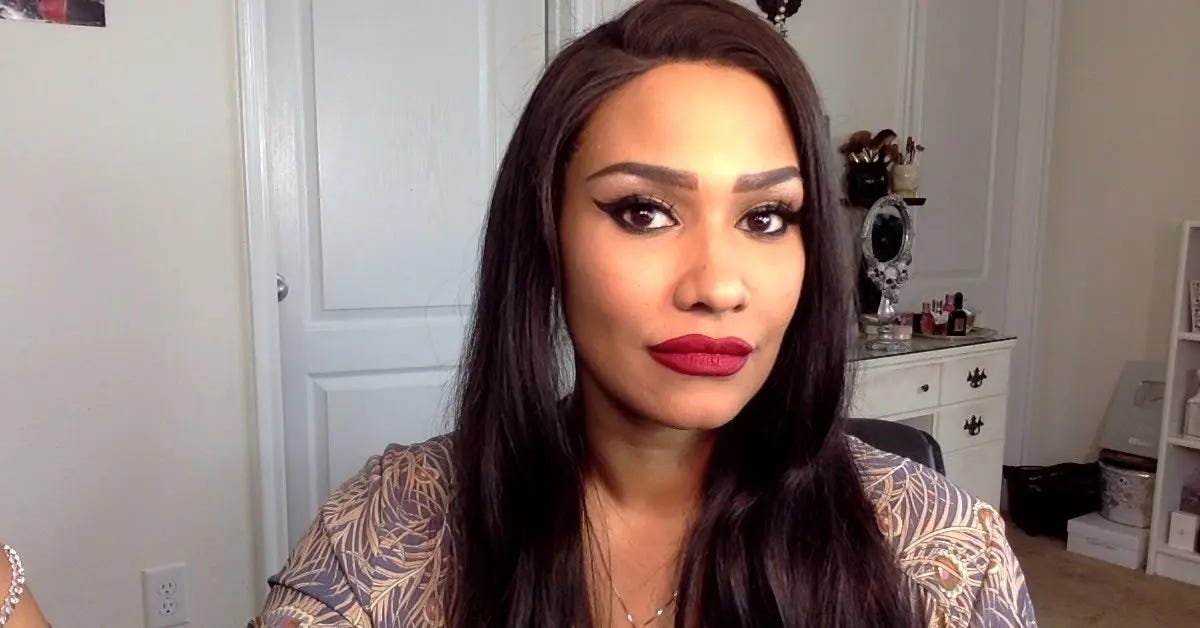
The power of beauty is reflected in consumer values as well. In online communities like Reddit forum r/Vindicta, a 100% female audience discusses “improving beauty, attractiveness, and allure,” with the goal of “weaponiz[ing] beauty and making it work for us”. In her video “‘You’re Not Ugly, You’re Just Poor’: A Deep Dive,” cultural commentator “The Financial Diet” examines the connection between beauty and wealth, exploring how, historically, markers of wealth have often been conflated with beauty standards, from access to more nutritious foods to regimented skincare and fitness routines. Public figures like the Kardashians exemplify this new American dream: extensive plastic surgery and the rise in American reality TV consumption have propelled their careers to the empire it is today, spanning from Kim Kardashian’s shapewear brand, Skims, to Kylie Jenner’s popular makeup line Kylie Cosmetics. Their normalization of plastic surgery, dominated on platforms like Instagram, has shaped a new wave of youth seeking similar enhancements. By profiting off these unrealistic body types and strategic use of social media, the Kardashians have set a dangerous expectation that physical appearance and financial success are closely intertwined. Their impact on the beauty industry and the broader cultural landscape shows how aesthetics, when combined with the power of celebrity and media, can redefine societal norms and aspirations, particularly among the younger generation. Today, the effects of these thought patterns can be seen manifest in a direct increase in cosmetic enhancement and plastic surgery interest- following Kylie Jenner’s announcement of her lip augmentation, interest measured in Google search trends in the term “lip fillers” rose a shocking 3233%- and more insidiously, the development of a singular “Instagram Face”.
In an article featured in the New Yorker published in December 2019, cultural essayist Jia Tolentino describes the emergence of “a single, Cyborgian face,” one where intentional filler and editing results in mass-produced grids of “generic sameness”.
This trend is concerning, as it reinforces the problematic message ingrained in young women that altering their appearance is essential for social and romantic success. Such narratives, amplified by media and celebrity influence, perpetuate a cycle where physical changes are seen as a route to acceptance and esteem, underpinning a deeper societal issue about the conflation of beauty with self-worth and success.
Women’s bodies have always been viewed as fleeting trends, and mass-consumed social media amplifies the pressure to conform to often arbitrary ideals. From the voluptuous figures celebrated during the Renaissance era to the waifish silhouettes idolized in the 1960s, the "ideal" female body has continuously evolved. In the 1980s, a more athletic and toned physique became desirable, coinciding with a growing fitness culture. The 1990s saw a preference for extremely thin bodies, often referred to as the "heroin chic" look. More recently, with the influence of celebrities like the Kardashians, there's been a shift towards curvier figures, with an emphasis on larger hips and buttocks, often achieved through both workouts and cosmetic procedures. Fueled by celebrity public figures and edited photos, young women cycle through phases of weight gain and loss in fleeting attempts to gain social recognition through validation reinforced by the male gaze.
In 2024, the newest trend is the return of “heroic chic” thinness, which has always been a symbol of America’s elite. A deep report into “The Economics of Thinness” by the Economist reveals that overweight or obese women are paid less than their thinner counterparts, with little difference in wages between obese men and men in the medically defined “normal” range. In countries like America, Britain, Canada, and Denmark, research suggests that overweight women face lower salaries, with the penalty for an obese woman costing about 10% of her income. Fueled by prescribed doses of Ozempic, a new drug designed initially for diabetics to manage their insulin, even the Kardashians have been rumored to have removed their butt implants and traded them for a more slender look. Even the fitness industry, which netted $30.6 billion dollars in 2022, promotes thinness under the guise of health as a form of self-restraint and rigor. The idea that overweight individuals lack self-discipline further perpetuates this trend, embedding a stigma in both the professional and social spheres. Even “body positive” influencers, who have long advocated for embracing body confidence at any size, are caught in a complex situation. Influencers like Ella Halikas, who was prescribed Ozempic off-label for her polycystic ovarian syndrome, faced a dilemma between their health needs and the expectations of their followers. Halikas, like many others, worried about disappointing her followers who look up to her for promoting body confidence regardless of size. The trend of using weight loss drugs has also led to a backlash from followers against some body-positive influencers who began weight loss journeys with medication, indicating a tension between personal health decisions and public advocacy for body positivity.
Moreover, the recognition of beauty and power has taken root on Tiktok, where young women often share extremely vulnerable feelings with their parasocial audiences. As TikTok user and NYU college student @kittykattykathy reveals, “I sometimes don’t perceive myself as a woman not because I experience gender dysphoria but because I am not conventionally attractive and so no one has treated me like how one would treat a woman in a patriarchal society.” Whether explicitly or unintentionally realized, the correlation between one’s physical appearance and their power or influence over society is undeniable and deeply ingrained in our modern culture. Similarly, as user @urleastfavbrowngirll admits, “the way I would trade five years off my life to be the prettiest girl in the room at any moment…but I can’t say that, I’d be a bad feminist,” one can recognize the inherent power structures that predispose these ideals while actively yearning to fit neatly into such hierarchies. Or, as user @finalelegy confesses in a viral TikTok video with 2.4 million views, “i remember every aspect of my personality could be charming if i was prettier.” Particularly for women of color, navigating the narrow confines of beauty as dictated by desirability politics proves challenging, where the predominance of Eurocentric features as the epitome of attractiveness, and by extension, power, underscores the pervasive bias inherent in American beauty standards. While social media platforms like TikTok are beginning to showcase a broader and more inclusive range of beauty ideals, this shift is not without its complexities. Trinidadian TikTok creator @jasmine.lochan, with a following of over 250,000, expresses this struggle. In one TikTok synced to the background of Taylor Swift’s ”The Man” song, Jas appears exacerbated as the text on screen reads “having to be exceptionally pretty as a person of colour to be considered the same level of beautiful as average white women”. As these platforms become a space for redefining beauty standards, they also serve as a mirror reflecting the ongoing struggles for acceptance and the complex interplay between identity, beauty, and societal norms.
If, as these TikTok creators claim, the most important aspect of womanhood is one’s physical attractiveness, where does intelligence factor into the equation? Popular Great American author F. Scott Fitzgerald, in his monumental title “The Great Gatsby,” writes that “the best thing a girl can be in this world [is] a beautiful little fool.” Intelligence has long been venerated as a woman’s most powerful tool in asserting independence and achieving personal and professional success, with more women holding college degrees than men in the United States. Despite this, the persistent emphasis on physical beauty often overshadows these achievements, creating a conflicting narrative about what truly defines success and worth in women. After all, beautiful people are indeed perceived as more intelligent. According to psychology and neuroscience researchers at the University of St. Andrews, the existence of an “attractiveness halo,” where desirable characteristics like intelligence are ascribed to beautiful people. This phenomenon can lead to a skewing of values, where physical appearance is given undue importance over intellectual and personal merits, underscoring a societal tendency to equate external beauty with a host of positive attributes, often overshadowing the intrinsic value of intelligence and character.
In modern media, beauty is a double-edged sword. Beautiful characters like Belle from “Beauty and the Beast,” often reinforce the social implication that beauty correlates with intelligence, though others, like Karen Smith from “Mean Girls,” challenge this ideal. The “dumb blonde” trope has been a longstanding stereotype in popular culture, portraying attractive individuals, particularly women, as lacking intelligence. This stereotype is often used for comedic effect or to create dramatic contrast in stories. In the film “Legally Blonde,” aspiring lawyer Elle Woods initially appears to be a quintessential example of this trope, with her love for fashion, bubbly personality, and a seemingly superficial outlook. However, the film later subverts this stereotype by showcasing her intelligence, determination, and legal acumen. Elle Woods becomes a symbol of empowerment, proving that one's appearance and interests do not preclude intellectual capability or professional success. This narrative shift challenges the stereotype, illustrating that intelligence and beauty are not mutually exclusive and can coexist in complex and multi-dimensional characters.
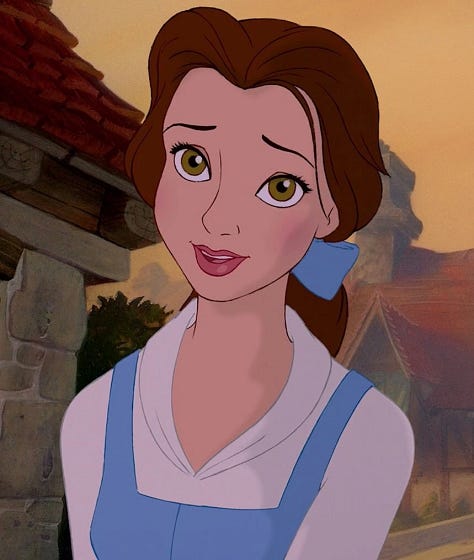
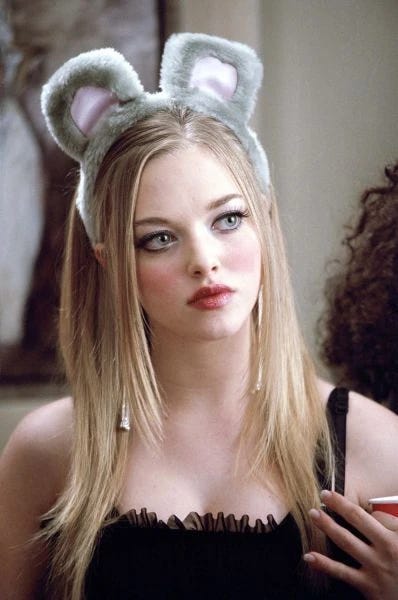
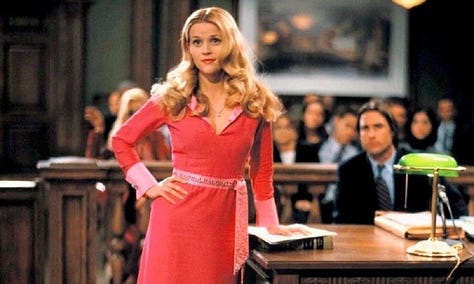
The complex relationship between intelligence, beauty, power, and societal expectations ultimately highlights the profound impact of media on young women’s perceptions of themselves and their places in the world. From the iconic Disney figures that reinforce existing social narratives, the power of beauty as a form of capital persists, influencing young minds in profound ways. The rise of social media platforms has further complicated this landscape, making it increasingly challenging for young individuals to navigate their self-worth and identities in a world saturated with idealized and often unattainable standards of beauty and success.
As a witness and unintentional media consumer, it’s often difficult to disassociate oneself from these ideologies. For the average viewer, the understanding that beauty presents tangible social benefits is difficult to divorce from the recognition that these ideals perpetuate harmful comparison, overconsumption, and insecurity. From “cottagecore” to “coquette” to “mob wife,” the increasingly rapid trend cycles have created a dangerous cesspool where embracing one’s natural features has now become an act of resistance. Perhaps, then, the solution lies in fostering more diverse and positive representations of women in media, coupled with enhancing media literacy among young audiences. Exposing young women to a broader range of role models – women celebrated for their intellect, creativity, leadership, and natural beauty in its many forms – can help dismantle the narrow definitions of success and attractiveness. Critical media literacy is also vital, teaching young people to analyze and question the content they consume, thereby resisting unrealistic standards and stereotypes. Emphasizing the importance of valuing one's unique qualities is crucial. This, along with challenging and redefining traditional gender roles and expectations, can cultivate a culture that appreciates individuals for their diverse talents and traits. In doing so, we can create a more inclusive, empowering, and realistic societal landscape for young women, where success is measured by a wide array of factors, not merely appearance. It is in this reimagined world that the true essence of beauty and power can be embraced – not as a tool for social leverage, but as a testament to the strength and diversity of womanhood itself.
postscript// thank you for reading! i wrote this piece winter 2024 as the final paper for a class i took on gender and media. in reality, i’ve been thinking about the intersection of beauty, power, and hierarchy in society for a looong time and this piece is just a short dip into the hundreds of subtopics in this space. i’m looking forward to sharing more of my writing via this public forum, and i’m grateful for your engagement with my thinking!
get in touch:
⭐️ Email: contactjennyduan@gmail.com
⭐️ Instagram: @jennysduan
⭐️ TikTok: @jennysduan
⭐️ X: @jennysduan

